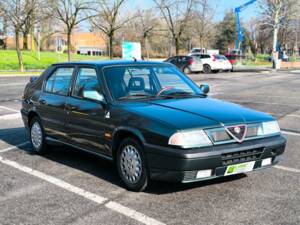- Automobil
- Alfa Romeo
- Alfa Romeo 33 (6 Angebote)
Alfa Romeo 33 classic cars for sale
Distinctive boxer engines, Italian engineering and family-friendly practicality – the Alfa Romeo 33 brings together spirited driving and everyday usability. Across saloon and Sportwagon bodystyles, this compact classic stands out as one of Alfa’s most produced models, offering authentic mechanical character and a surprising level of comfort.
Suchergebnisse
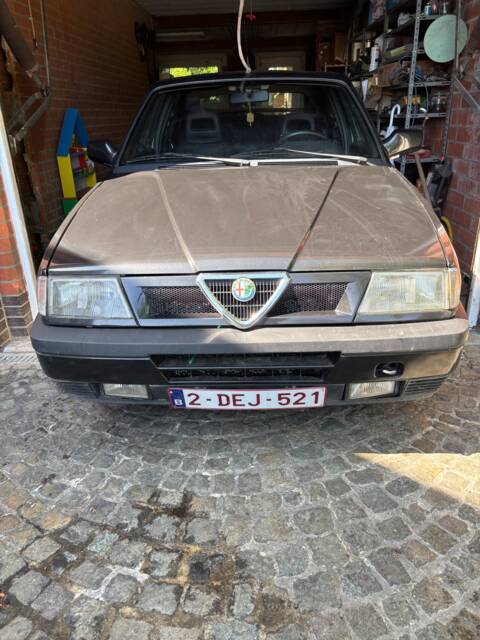
1994 | Alfa Romeo 33 - 1.3
Progressed renovation project
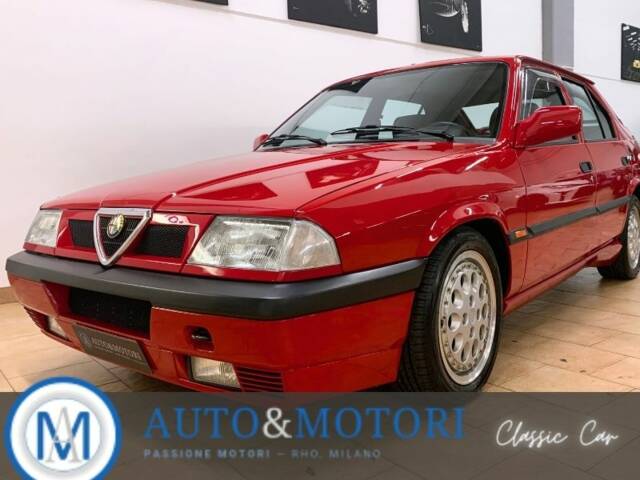
1991 | Alfa Romeo 33 1.7 16v QV
ALFA ROMEO 33 1.7 16v Quadrifoglio Verde
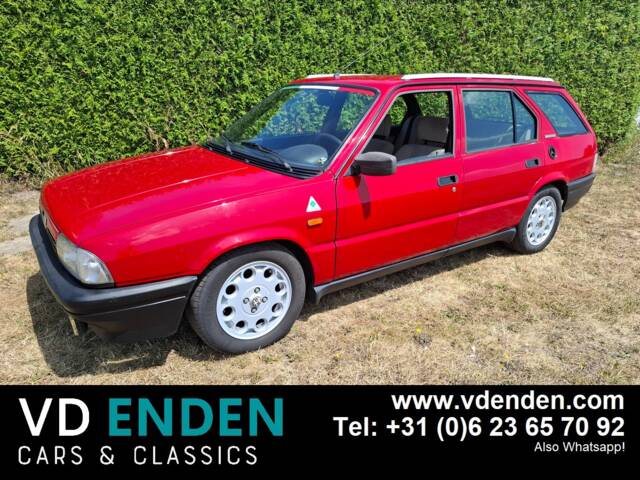
1988 | Alfa Romeo 33 - 1.3 S
Sports Wagon

1994 | Alfa Romeo 33 - 1.7 Permanent 4
Very rare, less than 600 samples produced, 2 owners, preservative restoration

1991 | Alfa Romeo 33 1.7 16v QV
ALFA ROMEO 33 1.7 IE 16V Allestimento Quadrifoglio Verde
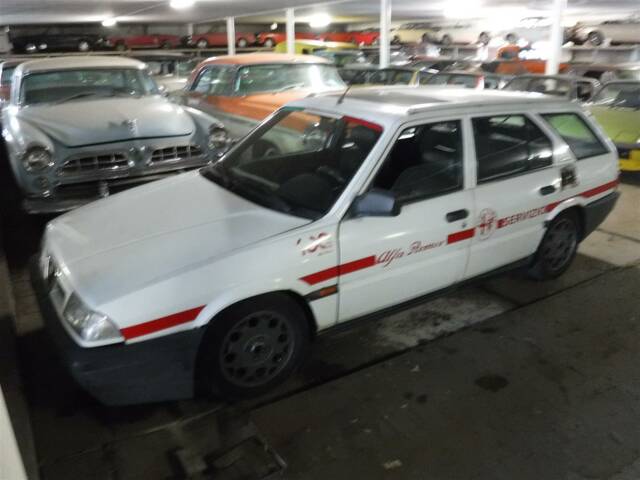
1993 | Alfa Romeo 33 - 1.3 Sportwagon
Alfa Romeo-33 1.4 inj station
Alfa Romeo 33 listing references from Classic Trader
Below you will find listings related to your search that are no longer available on Classic Trader. Use this information to gain insight into availability, value trends, and current pricing for a "Alfa Romeo 33" to make a more informed purchasing decision.
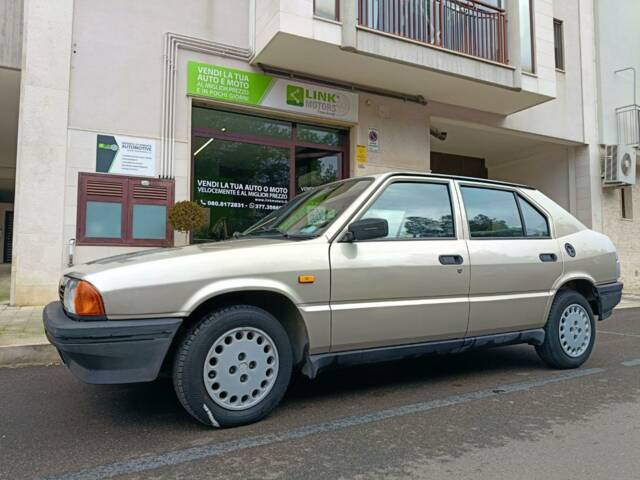
1989 | Alfa Romeo 33 - 1.3 S
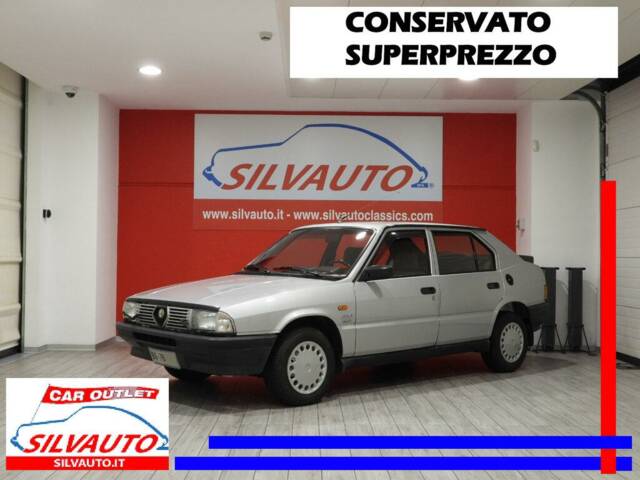
1985 | Alfa Romeo 33 - 1.5 4x4
ALFA ROMEO 33 1.5 4X4 TIPO 905.A2F (1985) CONSERVATO – SUPERPREZZO
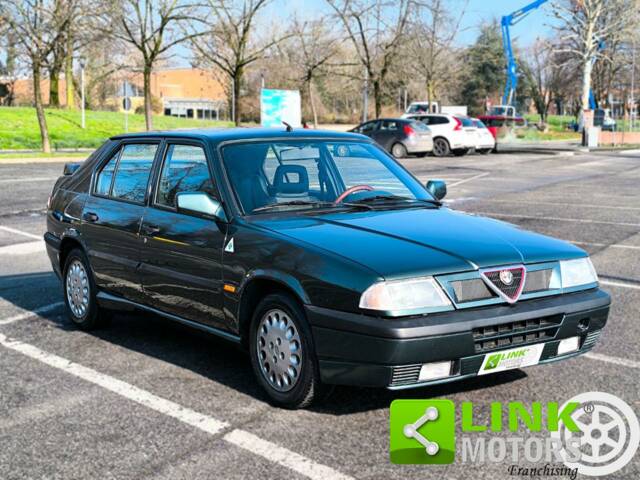
1991 | Alfa Romeo 33 1.7 16v QV
ALFA ROMEO 33 1.7 IE 16V Allestimento Quadrifoglio Verde

1986 | Alfa Romeo 33 - 1.5
ALFA ROMEO 33 1.5 Quadrifoglio Oro INTATTA!
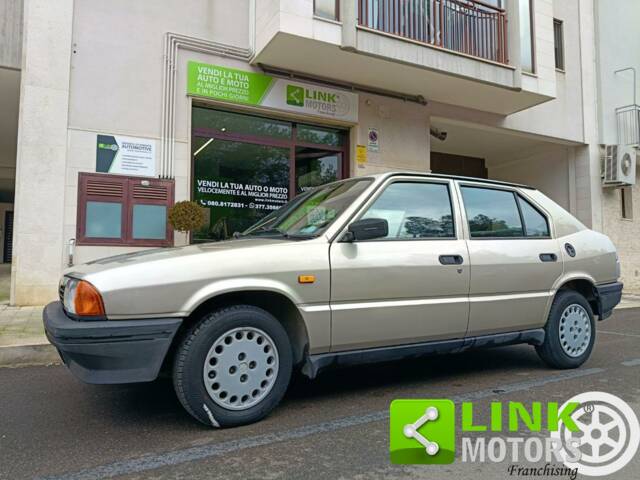
1989 | Alfa Romeo 33 - 1.3 S
ALFA ROMEO 33 1.3 S ASI UNICOPROPRIETARIO 51MILA KM
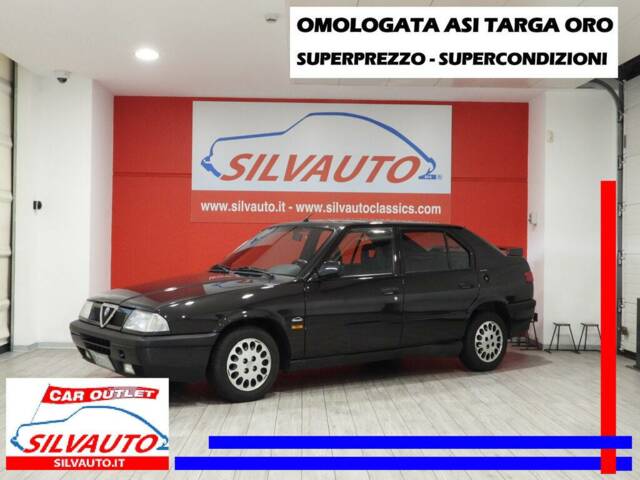
1992 | Alfa Romeo 33 - 1.3
ALFA ROMEO 33 1.3 i.e. IMOLA - OMOLOGATA ASI TARGA ORO – UNICOPROPRIETARIO UTILIZZATORE – SUPERCONDIZIONI (1992)

1985 | Alfa Romeo 33 - 1.5 QV
Alfa 33 1.5 Quadrifoglio Verde 1° serie 1985
History of the Alfa Romeo 33
Alfa Romeo produced the 33 between 1983 and 1995, as a successor to the Alfasud. The car successfully continued the mechanical layout of its predecessor, carrying over the floorpan, drivetrain and classic boxer engines, but with a simplified suspension and revised braking (outboard front discs replacing Alfasud's inboard setup). Its name references the brand’s notable racing predecessors, the 33TT and Tipo 33/2, underlining the company's motorsport lineage. Assembly took place at Pomigliano d’Arco, Naples, with a focus on accessible, sporty family motoring. The 33 was available initially as a five-door hatchback, later joined by the practical ‘Giardinetta’ (estate) variant. High-volume production—almost one million cars—established the 33 as one of Alfa Romeo’s most numerically significant models. In 1994, the Alfa 145 and 146 succeeded the 33 on the production lines.
Model Series and Generational Development
Two main generations shape the story of the Alfa Romeo 33: the first (Typ 905, 1983–1989) and the second (Typ 907, 1990–1995). Both drew on Alfasud mechanicals, but from 1990, significant updates modernised the design and technology. The main visual overhaul introduced a new grille, redesigned rear lights (emphasising red segments), and a thoroughly revised dashboard oriented towards Alfa’s newer models. Mechanically, fuel-injected engines, improved electronics, and higher output boxer units were added. Estate variants appeared first as 'Giardinetta', later 'Sportwagon', developed for greater flexibility without sacrificing the sporty Alfa Romeo spirit. Production closed in 1994, replaced by the 145/146—front-wheel-drive hatchbacks ushering Alfa into a new era.
Highlights and Standout Features
The Alfa Romeo 33 is best known for its signature boxer engines, ensuring a distinctive sound and low centre of gravity. Key models—Quadrifoglio Verde, Quadrifoglio Oro, TI, and the rare Q4—were fitted with upgraded interiors, sporty alloys, unique seat trims, and, at the high end, all-wheel drive with magnetically managed centre differentials (Q4/Permanent4). The cabin is unexpectedly spacious, with durable upholstery and a clear, Italianate dashboard. Sportwagon models carry extra practicality, underlined by Pininfarina’s input at the rear. Rare colours, as well as well-preserved factory accessories (like original Grundig radios, period alloys, and documentation) are sought after.
Technical Data
Special Editions and Collectible Models
Notable editions include the Quadrifoglio Verde (QV) and Quadrifoglio Oro, both featuring more powerful engines, unique trim (incl. Alcantara or special cloths), 14-inch alloys, leather gear knobs, and sports steering wheels. The Sportwagon expanded appeal with estate practicality, while the TI models focused on sporty driving. Q4 versions, with permanent all-wheel drive and a centre differential, are particularly scarce. Collectability is especially high among these special variants, given their features and lower production quantities.
Weak Spots and Common Issues
While robust in many respects, the 33 does share its era’s typical rust issues, particularly around the sills, wheel arches and subfloor. Early models’ braking systems and the reliability of electric windows or central locking can be problematic. Sourcing well-preserved, original interior and exterior parts is increasingly important—details like undamaged seat cloths or correct period alloys boost value. Engine-wise, regular timing belt replacement is crucial on all boxer units. Maintaining original documentation, factory tools, and complete accessory sets elevates desirability.
Engine, Performance, transmission and Handling
Driving dynamics are shaped by the lively boxer engines and low kerb weight. The 33’s five-speed gearbox, direct steering, and durable suspension make for agile handling, especially on twisty routes. The distinctive exhaust note—often called ‘boxer sound’—is a hallmark. 1.3, 1.5, and especially 1.7 16V engines deliver progressively sharper acceleration. The Q4 all-wheel drive brings extra security and traction for year-round usability, particularly on low-grip surfaces. Original Sportwagon models combine this sporty DNA with family-friendly practicality. Highlighted models:
- Quadrifoglio Verde (1.5L/1.7L): 95–130 HP, upgraded trim, unique styling details.
- Q4: permanent all-wheel drive, top-end 1.7 engine, sought after by enthusiasts.
- 1.3/1.5 S: approachable entry models, still with authentic boxer technical purity.
- Sportwagon: Pininfarina-designed rear, space and style for family use.
Interior, Comfort, Exterior and design
The Alfa 33’s Italian styling is unmistakable—sharp creases, compact dimensions, and, after 1986, modernised bumpers and grille treatment. The Pininfarina-revised Sportwagon tail improved space and aesthetics, while typical period paint shades like ‘Marrone Luci Del Bosco’ or ‘Verde Petrolio’ elevate originality. Inside, the post-1990 dashboard and door trims introduce greater sophistication, with sport seats and unique trim available on Quadrifoglio models. Factory accessories such as Grundig radio systems, alloy wheels, and even sunroofs highlight the thoughtful (and sometimes rare) personalisation. Durable upholstery and a high, airy roofline make the interior surprisingly practical—even for those over 1.80 metres tall. Genuine, preserved accessories (original wheels, toolkits, manuals) add to enthusiast appeal.
Other Notable Features
Alfa Romeo’s approach to tax and insurance for the 33, including oldtimer rates and historic registration (such as ASI certificates), gave buyers incentives for classic ownership in many markets. Official dealer-supplied cars are often more complete in terms of paperwork and accessories. For the Q4, the magnetic centre diff and advanced all-wheel drive remain technical curiosities even compared with modern cars.
Summary
Built in extraordinary numbers and still delivering its distinctive boxer engine experience, the Alfa Romeo 33 covers practical, affordable classic car territory. Rare special models and the balance of usable estate with evocative Italian design have built a lasting community around this car. With well-kept examples, especially of Sportwagon and high-spec Quadrifoglio or Q4, demand remains robust among fans seeking both style and substance.




